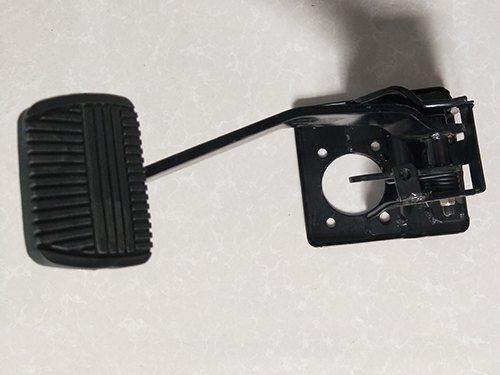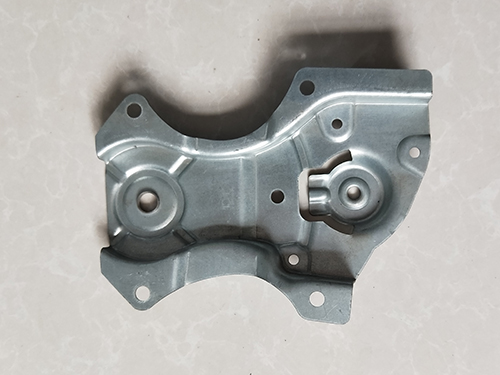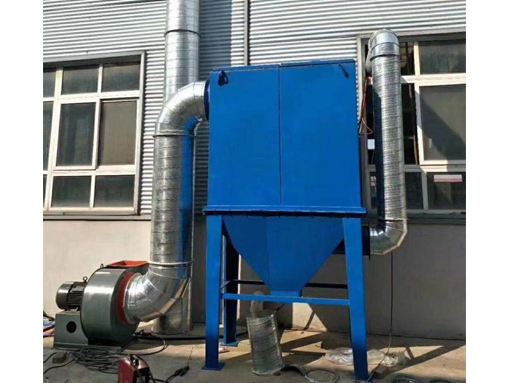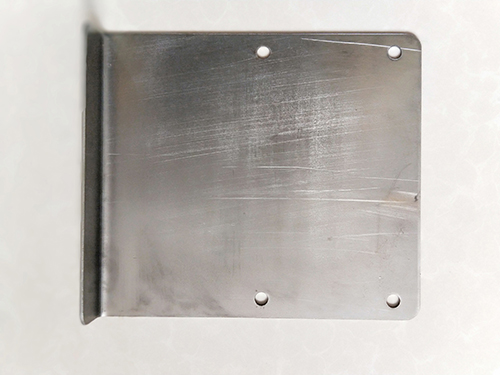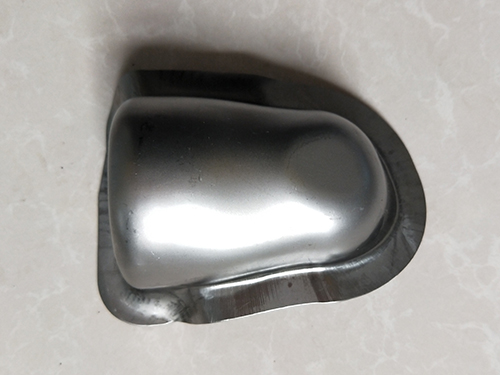Improvement of stamping process requirements and structural impact for automotiv
The production of automobile body stamping parts is an important component of automobile production, and controlling and reducing the production cost of stamping parts is very important. Metal stamping parts; In order to reduce production costs, designers should not only develop reasonable stamping production processes, but also consider how to control costs from the production preparation stage. Although the forming process schemes for stamped parts are the same, there will be significant differences in economic costs. Therefore, in the process of preparing for the production of new car models, it is not enough to only pursue the technical and innovative aspects of the process. How to reduce costs should also be the focus of analysis.
The cost of different product structure schemes varies greatly, and the structural design of a product fundamentally determines its manufacturing cost. Therefore, in the new product process review stage, process review should be conducted simultaneously with the product. The process personnel conduct detailed analysis of the product's processability piece by piece, and control the cost of the product by simplifying the product structure as much as possible to improve material utilization, selecting materials reasonably, reducing the number of stamping processes, and reducing the complexity of tooling, while meeting the technical performance requirements of the product.
1. New materials and processes for stamping parts
In the past, in the design of car models, designers usually adopted conservative schemes in material selection to ensure the formability of stamping parts and the strength requirements of the vehicle body. Although this method helps with the progress of new products, it can easily lead to high selection of material numbers and conservative material selection, resulting in an increase in vehicle weight (quality) and material consumption costs.
2. Improve product structure according to stamping process requirements
For some parts with simple functional requirements that do not affect the performance of the parts and welding assembly requirements, the structural shape should be as simple as possible. This can use simple bending processes instead of complex drawing forming processes, which can not only reduce the number of processes and save mold investment, but also reduce material consumption and improve material utilization.
Improve product structure according to stamping process requirements. Drawn parts require complex drawing forming processes, which increase both mold and material costs, and result in poor formability. After repeated analysis and demonstration, without affecting the structure and strength of the component, if this component is designed according to scheme 2, the stamping process will become a simple material cutting and bending forming process, which not only improves material utilization, simplifies mold structure, but also reduces costs.
3. Reduce the number of stamped parts according to stamping process requirements
On the premise of meeting product performance and welding matching requirements, design symmetrical products on both sides as the same type of stamped product.
This piece is symmetrical on both sides, with the dashed line indicating the right piece and the solid line indicating the left piece. The height difference between the lower edge of the left and right pieces is 1mm. The asymmetrical shape structure increases tooling investment, especially in white body welding, making it difficult to distinguish between left and right parts on the welding line and increasing production management costs. After repeated argumentation, analysis, and matching, the left and right parts were designed to have the same shape, becoming a type of automotive hardware stamping part. This reduced the number of tooling by half, improved production efficiency, and lowered the cost of stamping mold investment and production management.
4. Reduce tooling difficulty according to stamping process requirements
From the perspective of stamping process analysis, the product structure should avoid structural complexity and increase in mold complexity while meeting functional and welding matching requirements.
According to the stamping process analysis, the part delineated by the dashed line in the product is: the vertical angle between facade 1 and the stamping direction is 0 °, and facade 2 is 1 5 °. Due to the small drawing angle, it is difficult to control the rebound of the workpiece. At the same time, if the edge of the workpiece is trimmed according to this angle, the oblique wedge trimming process is required. The implementation of wedge trimming is difficult, with high tooling costs, usage costs, and maintenance costs, making tooling difficult.
Among the many factors that affect the quality of automotive stamping parts, the influence of mold structure is very significant. The forming effect of deep drawn parts is directly affected by factors such as the radius of the die, the geometric shape of the die workpiece, the mold guiding method, the setting of deep drawing ribs (grooves), and the size of the mold pores.
Determine the radius of the convex and concave mold fillet
The radius of the convex concave die plays an important role in obtaining ideal deep drawn parts. The two main defects of the stretched parts of the cover are wrinkling and tensile cracking. When the punch radius is too small: the bending deformation of the straight wall and the bottom of the billet increases, and the strength of the dangerous section weakens;
When the radius of the concave mold is too small, the tensile stress on the side wall of the blank will increase accordingly. Both of these situations will increase the drawing coefficient and the deformation resistance of the sheet, leading to an increase in the total drawing force and a decrease in the mold life.
If the radius of the punch or mold is too large, the deformation resistance of the sheet metal is small and the flowability of the metal is good, but it will reduce the area of the falling material, making the part prone to wrinkling. Therefore, when determining the radii of the convex and concave molds, the deformation characteristics of the workpiece and the drawstring should be considered.
Geometric shape of mold working parts
The working parts of molds with different shapes can also affect the quality of deep drawn parts. There are two types of concave molds: flat head concave molds and conical concave molds. The use of conical molds usually gives the deformation zone of the billet greater resistance to instability, allowing for relative thickness (t/D) compared to flat end molds. Smaller blanks will not wrinkle.
Mold oriented mode
The guidance of the deep drawing die includes two directions: the punch and the edge pressing head, and the edge pressing head and the edge pressing head. The rationality of the mold guide rail directly affects the drawing performance. A reasonable and stable guide rail can ensure the uniformity of the circumferential gap of the mold and the fit of the drawing surface, thereby improving the quality of the drawn parts.

